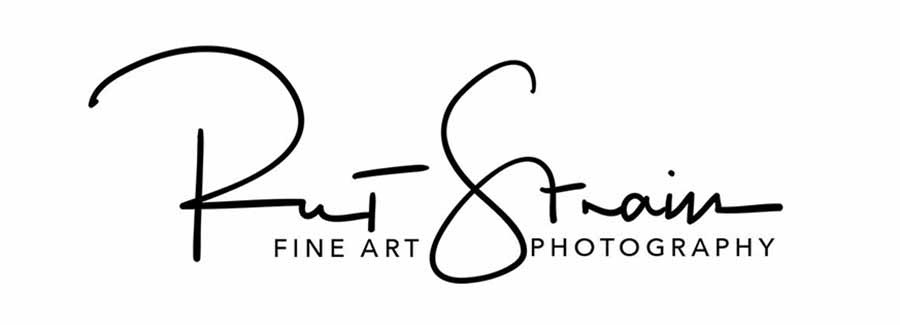A GOOD EYE

Have you ever thought about what it mean to have a good eye? There were several occasions when people commented at my booth at the recent Prescott Art & Wine Festival that they thought I had a good eye. I naturally took these kind words as compliments. It was in my teen years when I started wanting young ladies to look beyond my Clearasil dotted mug and into my bespectacled, bloodshot, nondescript eyes and tell me how beautiful they both are. At this stage in life, I am thrilled to accept a compliment on just one! Eyes do not get less important as you age. Lose your glasses for a few minutes and are less likely to find your keys, which means you can't drive the car, which means you will be late for another doctor's appointment. The kind comments did get me thinking, however, about what it means to have a good eye.
I met another artist in Prescott other day while attending an Education Committee meeting at Mountain Artists Guild. Like so many of us, he is a California transplant. His art is native American pottery. It’s both original and strikingly beautiful. When I first saw his art, I could tell that he had a lot of skill and good eye for what he was doing. Then he told me he also has a bad eye. That’s the one he can’t see out of at all. I had been planning on writing an article about “Having a Good Eye for Art”, but this chance meeting put things in perspective. It was a reminder that having eyes at all is quite a blessing.
By the way, the ceramist's name is Rich Lopez and you can discover more about his baskets here: https://www.artforcerichlopez.com/
My article on composition this month mentions the Golden Ratio, also known as Phi. There is evidence that much of what makes a good eye actually comes from our DNA structure. Since most of you also have DNA, you might also have a good eye by nature. The problem is that sometimes we have a good eye, but we haven’t developed it. Most of us could learn another language, but most of us don’t take the time to pursue it.
Have you ever listened to comedy with someone else who refused to laugh? Perhaps they had a bad day. Perhaps they didn’t enjoy off-color jokes or sarcasm. Or they had heard the same jokes too many times. My kids fall in the last group. But it’s most unlikely they didn’t have any sense of humor at all…they just chose not to put it in gear that day…or week…or month.
So it is with art. Our appreciation batteries may be fully charged one day, but out of power the next. Or they may not be powered up for abstracts, or silver work or photography but they are supercharged for pastels, or leatherwork or statuary. The usual way to develop our art appreciation skills is much like developing our muscle tone. You use it or lose it! This is the way you develop a good artful eye. Look at art! Visit galleries! Peruse art books! Even take a class yourself!
So while I took the aforementioned compliments seriously, my main thought was, “There goes another person who appreciates composition, light, and emotion expressed through photography. There goes a person who has developed a good eye for my art!” It is at least as much about the viewer as the artist. I only wish I knew who would kindly laugh at my jokes.
